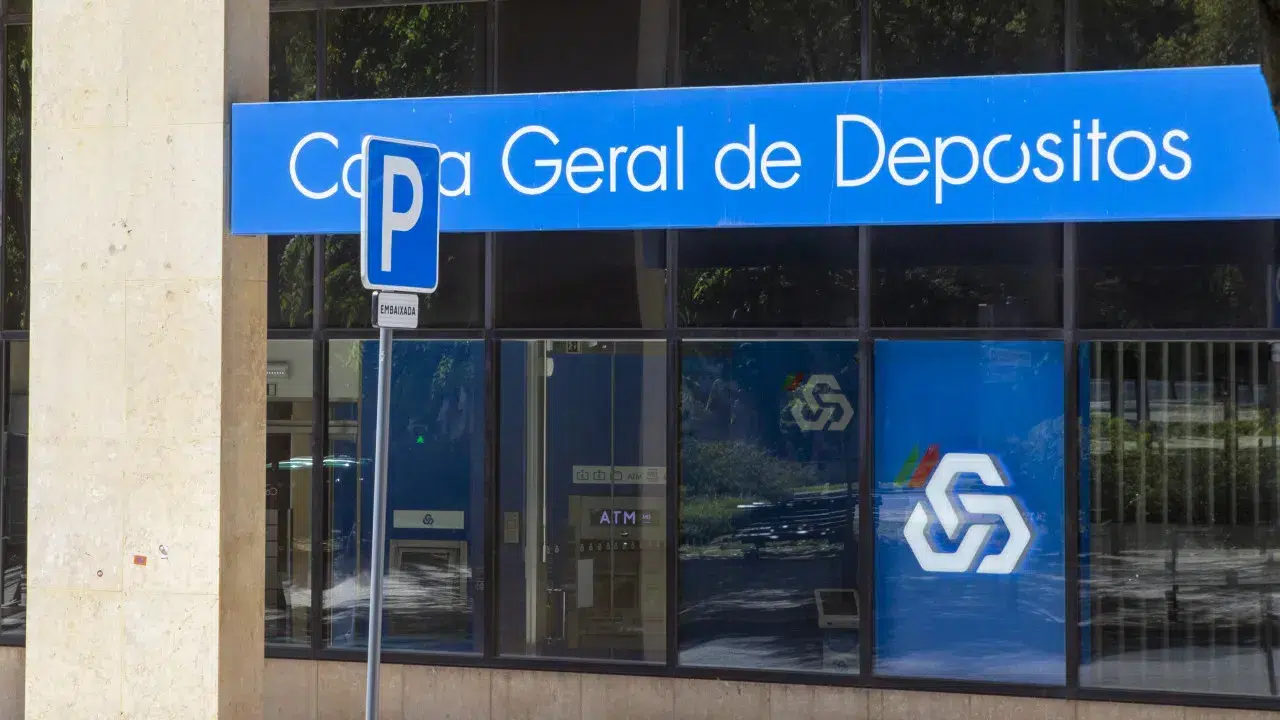Around 25% of the population of the city of Setúbal lived in shacks at the end of the 1960s, reveals a collection of photographs found in the Municipal Archives and published in a book that will be presented on Sunday.
“Another World in the Same Place” was the name chosen for the work by Vanessa Iglésias Amorim (anthropologist), Jaime Pinho and Alberto Lopes (history professors) and Lia Antunes (architect), based on 70 photographs and a report made around 1970 as part of an “Inquiry into the shacks” carried out by the Setúbal City Council, still during the fascist Estado Novo regime.
According to Jaime Pinho, the images illustrate the difficult living conditions of thousands of people who lived in 22 squat neighborhoods in the city.
“The hospital area was a sea of shacks. And I, who taught for 40 years at the Camarinha Secondary School [D. João II School], began to think that those neighborhoods where my students lived, those streets that I walked every day, were a sea of shacks 60, 70 or 80 years ago, during the time of fascism,” he told Lusa.
“Faced with this incredible story of our grandfathers, our grandmothers, who lived in such difficult conditions, deprived of the most basic rights, to have water in the house, to have a bathroom, to have walls, to have a roof, we decided that we should help so that they don’t erase the memory of that time,” he adds.
Co-author and main promoter of the book, Jaime Pinho points out that the 70 photographs of the neighborhoods and the accompanying report show the evolution of housing in the city, particularly through the Local Ambulatory Support Service (SAAL), a state construction program approved by the government on July 31, 1974, three months after the April Revolution, to respond to the housing needs of disadvantaged populations in Portugal.
In three of Setúbal’s old shantytowns – Pinheirinhos, Casal das Figueiras and Forte Velho – you can still find traces of the shantytowns of yesteryear, which have since been replaced by new homes with good living conditions.
João Carlos Conceição, 73, and his wife, Maria Irene Conceição, 71, who lived all their youth in the so-called shantytowns, still have memories of those difficult times, which marked the lives of a large part of Setúbal’s population.
“There were only one or two masonry houses, the so-called stone and lime houses. The rest was all shacks, with no water, no basic sanitation, nothing,” recalls João Carlos Conceição, who lived all his youth, until he went into the army, in a shack on what is now Rua Nova, in the Casal das Figueiras neighborhood.
“It was a very miserable life until the revolution. It was only after April 25 that there was a water supply and basic sanitation. And it was only after April 25 that people stopped earning by the day or by the hour,” says his wife, Maria Irene, recalling that, at the time, only the workers of three large companies in Setúbal, SAPEC, União Elétrica Portuguesa and Secil, earned reasonable salaries, which allowed them to flee those areas.
While reminiscing about this past that she doesn’t miss, Maria Irene, already teary-eyed and with a choked voice, also says that she never had a toy and that “the children of that time, from the age of 12/13, had to stay at home and look after their younger siblings, because there were no nurseries, there was nothing, and their parents had to work”.
“My brothers and I were all in fourth grade. My father didn’t have the money for us to study further. My life, and the lives of my siblings, only changed for the better thanks to April 25, without a doubt,” he says.
Now 72, Eduardo Silva was an emigrant in Holland when the revolution took place and returned to Portugal the following month, becoming one of the main promoters of new housing in Forte Velho.
“At the time I already had some political awareness because I met very politicized people and I learned something. When I returned, I put my knowledge into practice. And it worked,” she says, during a visit to some places in the neighborhood.
“We organized ourselves into residents’ committees, we had the help of a technical team that supported us and a lot of people from the construction industry, who gave a few hours, a few days working for free, digging holes and doing other jobs, and we went ahead,” he adds.
Eduardo Silva stresses the importance of SAAL in helping the most disadvantaged people financially to build their own homes, with the support of technical brigades and architects (such as Siza Vieira, Alexandre Alves Costa and Gonçalo Byrne) who, in collaboration with residents’ committees, made it possible to build thousands of homes across the country.
That’s how many families were able to abandon their wooden and zinc sheet shacks for good. “In 1976 we had already built many of these houses in Forte Velho, which today house 71 families,” says Eduardo Silva.
The presentation of the book “Outro Mundo no Mesmo Lugar” (Another World in the Same Place), published by the Centro de Estudos Bocageanos with the support of the municipality, the José Afonso Association and the city’s parish councils, and which also had the collaboration of Maria Irene and João Carlos Conceição, will take place at 3pm on Sunday at Setúbal Town Hall.
A second presentation is scheduled for 7 p.m. on April 25 at Casa do Comum in Lisbon, where a photography exhibition will also be inaugurated to show the reality of Setúbal’s shantytowns of the last century.








